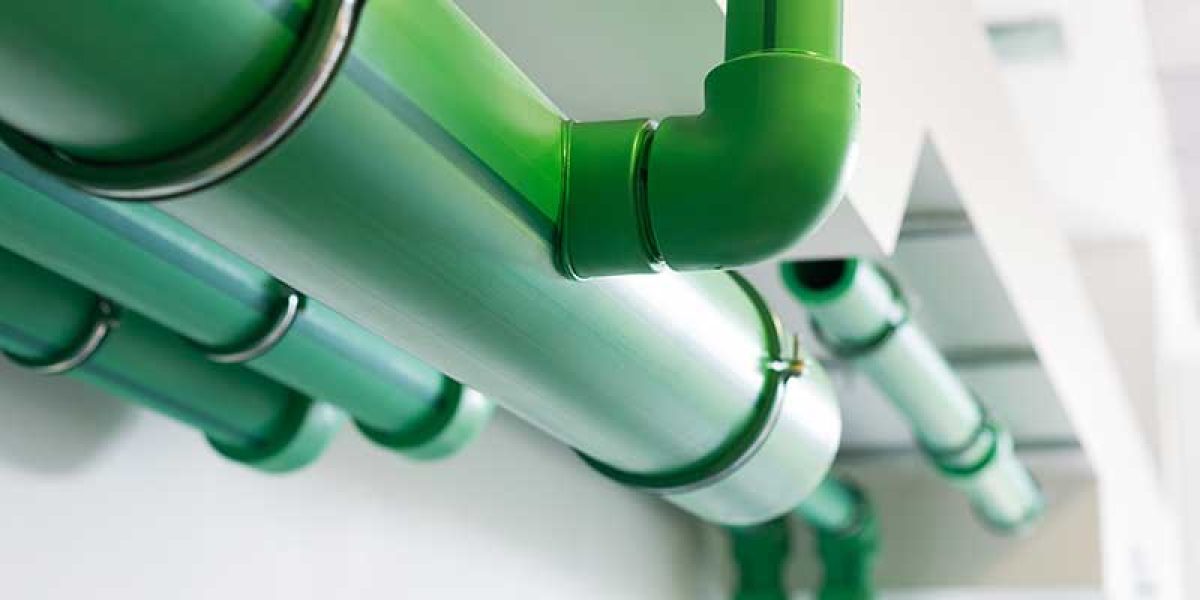Water is an essential component of life, and it is vital to the effective operation of buildings and the well-being of their occupants. The intricate network of pipes that transports water throughout a building is an indispensable system that guarantees access to clean water for drinking, sanitation, and other uses. This blog will explore the significance of building water systems, their constituent parts, and why appropriate maintenance is essential.
Components of a Structure’s Water System
The water system of a building consists of various components that deliver water to various sections of the structure. The primary elements include:
- These lines are responsible for transporting clean water from the primary source, which may be a municipal water supply or a well. Typically, these lines are buried underground and connected to the infrastructure of the building.
- In many instances, buildings have water storage tanks for periods of high demand or when there may be interruptions in the water supply. These containers guarantee a constant water supply regardless of fluctuations in the primary water source.
- Pipes and Plumbing Fixtures: Pipes distribute water throughout the structure and connect to plumbing fixtures such as sinks, faucets, showers, and restrooms. These fixtures provide access to water for various purposes, including imbibing and personal hygiene.
- Water heaters are commonly installed in buildings to provide hot water for bathing and cleansing. These appliances are connected to the building’s water supply and utilize electricity, gas, or solar energy to heat the water.
- In addition to providing water, buildings must also have an efficient drainage system to remove effluent. Used water and refuse are transported away from the building via drain pipes to sewage systems or septic tanks.
Importance of Correct Upkeep
Water system maintenance is essential for a number of reasons:
- Clean water is essential for maintaining excellent health and preventing the spread of waterborne diseases. Regular maintenance protects pipelines and fixtures from contamination and the accumulation of harmful bacteria.
- Leak Prevention: Damaged or corroded pipelines can cause leaks, which waste water and cause structural damage to the building. Prompt maintenance and restorations can prevent expensive water damage and conserve water resources.
- Well-maintained water systems provide optimal water pressure and temperature, allowing occupants to use water fixtures in a comfortable and efficient manner.
- Regular maintenance extends the life of pipelines, fixtures, and other components, thereby reducing the frequency of costly replacements.
- By repairing breaches and ensuring efficient water use, building owners promote sustainability by contributing to water conservation efforts.
Advice on Maintenance
Here are some maintenance suggestions for a building’s water system:
- Regular Inspections: Conduct routine checks on pipelines, fixtures, and tanks to detect any leaks, corrosion, or damage.
- Repairs Performed Promptly: Repair any problems immediately to prevent their deterioration over time.
- Flushing: Flush out water containers on a regular basis to prevent sediment buildup, which can impact water quality.
- Adjust the water heater’s temperature settings so as to prevent scalding and maximize energy efficiency.
- Conservation Efforts: Educate occupants about water conservation by repairing leaks, installing water-efficient fixtures, and adopting water usage practices that are mindful.
The conclusion
The building’s water system is undeniably an unsung champion of modern infrastructure, as it provides us with daily water resources. By understanding its components, significance, and the significance of appropriate maintenance, we can ensure that the water supply in our buildings is safe, efficient, and sustainable. Regular inspections, prompt maintenance, and water conservation efforts all contribute to the longevity and optimal performance of this vital system, which is advantageous for both the occupants and the environment.








